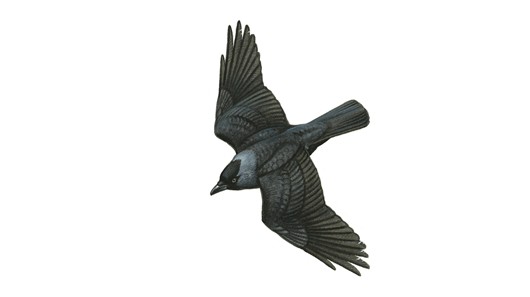Differences
This shows you the differences between two versions of the page.
| Both sides previous revision Previous revision Next revision | Previous revision | ||
| mrepo:topics:adulthealthbehaviours_physicalactivity [07/03/2018 @ 15:44] – adammoore | mrepo:topics:adulthealthbehaviours_physicalactivity [Unknown date] (current) – removed - external edit (Unknown date) 127.0.0.1 | ||
|---|---|---|---|
| Line 1: | Line 1: | ||
| - | [[: | ||
| - | |||
| - | ====Physical Activity== | ||
| - | < | ||
| - | |||
| - | Self-reported information on adult physical activity levels has been collected at ages 31, 36, 43, 53, 60-64 and 68-69 years. | ||
| - | |||
| - | At ages 36 and 43, questions on the frequency and duration of participation in a range of leisure time activities and sports, outdoor activities and exercise (including work-related activity) in the previous month were collected by nurse interviewers during home visits. | ||
| - | |||
| - | Using data at age 36 years, a set of four physical activity variables have been derived (see Kuh et al 1992). | ||
| - | |||
| - | At age 43 years a similar summary variable was derived for sports and recreational activities. | ||
| - | |||
| - | These derived variables have been recoded so that 0 is always least active, 1 is less active and 2 is most active (except for the physical activity during the working day variable, where an additional variable has been created to be coded in the same way but the 4 category variable is also available). | ||
| - | |||
| - | In 1999 and 2014-15, at age 53 and 68-69, a single, 3 part question on participation in sports, vigorous leisure activities or any exercises in spare time not including getting to and from work in the past 4 weeks was asked as part of the CAPI interview. | ||
| - | |||
| - | In 2006-10, at age 60-64, study members were asked to complete a pre-assessment questionnaire. This contained questions on physical activity associated with work and commuting, as well as frequency of a range of activities, such as sports, gym, team games, DIY, gardening and household chores in the last 12 months. | ||
| - | |||
| - | In 2015, at age 69, study members were given the option to complete and wear an accelerometer for 7 days. The activity questionnaire included questions on typical levels of activity, frequency of various activities, past activity, falls, joints and bones. | ||
| - | |||
| - | ----Research Programme---- | ||
| - | Further information on the research programme Physical Capability and Musculoskeletal Ageing is available on the public LHA website. | ||
